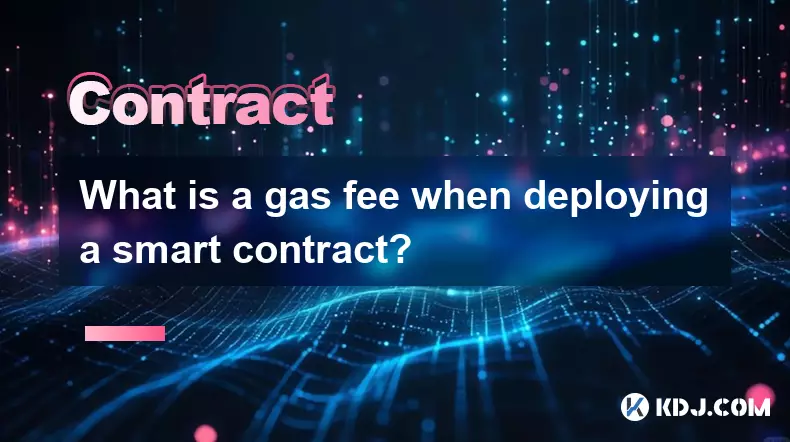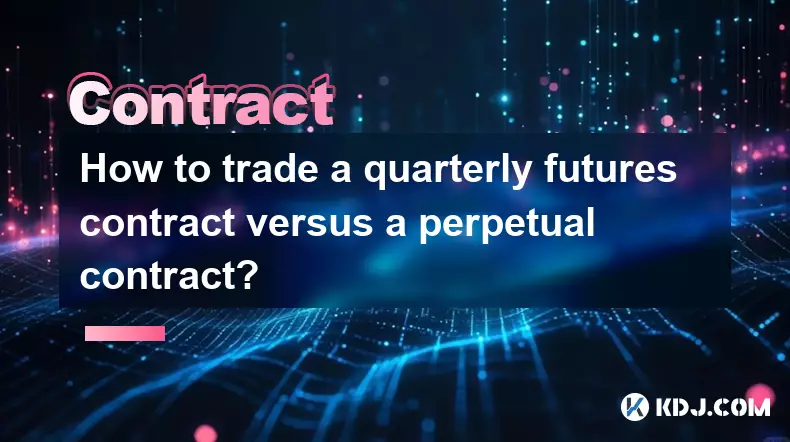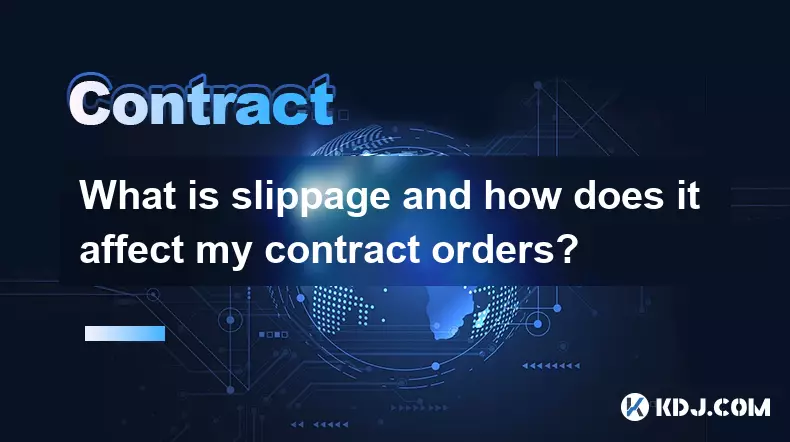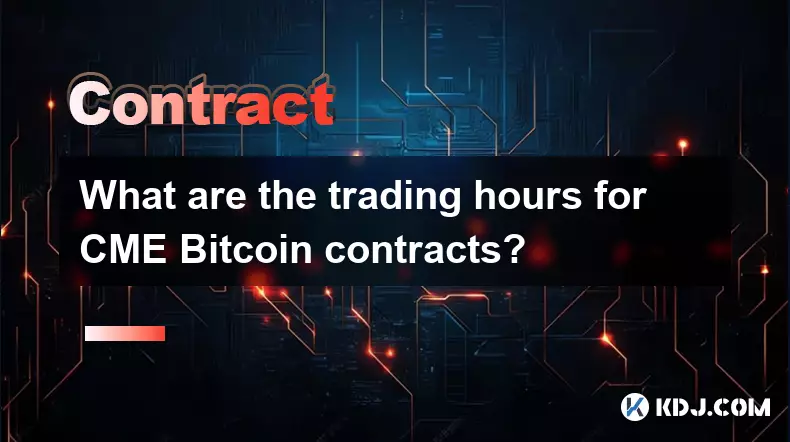-
 bitcoin
bitcoin $100977.009184 USD
-2.05% -
 ethereum
ethereum $3282.009150 USD
-3.23% -
 tether
tether $0.999813 USD
-0.02% -
 xrp
xrp $2.208254 USD
-4.89% -
 bnb
bnb $951.411089 USD
0.55% -
 solana
solana $155.761205 USD
-2.84% -
 usd-coin
usd-coin $1.000217 USD
0.02% -
 tron
tron $0.284475 USD
-1.28% -
 dogecoin
dogecoin $0.162363 USD
-1.53% -
 cardano
cardano $0.533988 USD
-0.47% -
 hyperliquid
hyperliquid $39.174339 USD
-3.22% -
 chainlink
chainlink $14.724828 USD
-1.16% -
 bitcoin-cash
bitcoin-cash $477.297986 USD
-1.28% -
 zcash
zcash $554.227426 USD
17.30% -
 ethena-usde
ethena-usde $0.998995 USD
-0.03%
What is a gas fee when deploying a smart contract?
Gas fees in smart contract deployment depend on network demand, code complexity, and gas price, with unused gas refunded but failed deployments still incurring full costs.
Nov 06, 2025 at 01:00 pm

Understanding Gas Fees in Smart Contract Deployment
1. When deploying a smart contract on a blockchain like Ethereum, a gas fee is required to compensate for the computational resources used during execution. Every operation within the network, from simple transactions to complex contract logic, consumes a certain amount of gas. This gas is priced in small units of the native cryptocurrency—typically ETH on Ethereum.
2. The total cost of deployment depends on two main factors: the gas limit and the gas price. The gas limit refers to the maximum amount of gas a user is willing to spend on a transaction. The gas price, usually denominated in gwei (a fraction of ETH), reflects how much the sender is willing to pay per unit of gas. Multiplying these values gives the total potential cost.
3. Complex smart contracts with extensive code or multiple functions require more computational effort, thus consuming more gas. Developers must optimize their Solidity code to minimize unnecessary operations such as redundant loops or storage writes, which directly impact gas usage.
4. Network congestion plays a crucial role in determining gas fees. During peak activity, users often increase their gas prices to prioritize their transactions. This competitive environment can cause deployment costs to spike significantly, especially during high-profile NFT mints or DeFi launches.
5. Tools like Remix IDE or Hardhat provide gas estimators that simulate deployment on testnets, helping developers anticipate costs before going live. These tools are essential for budgeting and avoiding failed deployments due to insufficient gas limits.
How Gas Fees Are Calculated
1. Each opcode in the Ethereum Virtual Machine (EVM) has a predefined gas cost. For example, adding two numbers consumes less gas than writing data to permanent storage. When a contract is compiled into bytecode, these opcodes execute sequentially, and their individual gas costs accumulate.
2. The initial deployment cost includes not only the execution of the constructor function but also the cost of storing the entire contract code on-chain. Storage operations are among the most expensive, so minimizing state variable usage reduces overall fees.
3. Users set a gas price based on current network conditions. Real-time data from platforms like Etherscan or GasNow helps determine appropriate pricing. If the gas price is too low, miners may ignore the transaction, delaying deployment.
4. A transaction’s final fee is calculated as: (gas used) × (gas price). Any unused gas within the specified limit is refunded to the sender. However, if the execution exceeds the gas limit, the transaction fails and the gas is still consumed.
5. Layer 2 solutions such as Arbitrum or Optimism offer lower gas fees by processing transactions off the main chain and submitting batched proofs. Deploying contracts on these networks can reduce costs by over 90% compared to Ethereum mainnet.
Strategies to Minimize Deployment Costs
1. Code optimization is critical. Using efficient data structures, avoiding expensive operations like dynamic array resizing, and reducing inheritance depth in Solidity can significantly cut gas consumption.
2. Deploying during periods of low network activity helps secure lower gas prices. Monitoring historical gas trends through dashboards allows developers to choose optimal time windows for deployment.
3. Utilizing proxy patterns like Transparent Proxies or UUPS (Universal Upgradeable Proxy Standard) separates the logic contract from the storage contract. This enables upgrades without redeploying the entire codebase, saving repeated gas expenses.
4. Some development frameworks support deterministic deployment addresses via CREATE2, allowing pre-calculation of contract addresses. This feature aids in planning multi-contract systems without needing sequential deployments.
5. Testing on sidechains or local environments like Ganache provides insights into gas behavior without spending real funds. Accurate simulation ensures smoother transitions to production networks.
Frequently Asked Questions
What happens if I set too low a gas limit when deploying?If the gas limit is insufficient, the Ethereum node will halt execution mid-process. The contract deployment fails, the network state reverts to its prior condition, and the sender loses all gas paid for the attempted computation.
Can gas fees be completely avoided?On public blockchains like Ethereum, gas fees cannot be eliminated because they incentivize miners or validators. However, private or consortium blockchains may operate without fees. Certain Layer 2 networks also offer subsidized or near-zero fee models under specific conditions.
Why do identical contracts cost different amounts to deploy at different times?The variation stems from fluctuating gas prices dictated by supply and demand. Even if the gas usage remains constant, higher network congestion leads to increased gas prices, raising the total deployment cost in fiat or cryptocurrency terms.
Is it possible to refund gas after successful deployment?Yes, any unspent gas is automatically refunded. For instance, if a transaction uses 40,000 units of gas but the sender sets a limit of 50,000, the remaining 10,000 units are returned. The refund occurs instantly upon transaction confirmation.
Disclaimer:info@kdj.com
The information provided is not trading advice. kdj.com does not assume any responsibility for any investments made based on the information provided in this article. Cryptocurrencies are highly volatile and it is highly recommended that you invest with caution after thorough research!
If you believe that the content used on this website infringes your copyright, please contact us immediately (info@kdj.com) and we will delete it promptly.
- BlockDAG, Avalanche, Dogecoin: Crypto's Leading Trio in 2025
- 2025-11-07 22:05:01
- Layer 2 Coins: Will There Be a Potential Explosion by 2026?
- 2025-11-07 16:50:02
- Filecoin, ICP, and the AI Infrastructure Renaissance: Is History Repeating?
- 2025-11-07 16:50:02
- Bitcoin's Wild Ride: Surges, Zeros, and the Search for Stability
- 2025-11-07 17:05:01
- XRP, Bitcoin, and the Rally: What's the Deal, New York?
- 2025-11-07 17:25:01
- Filecoin, DePIN, and a Technical Breakout: What's the Buzz?
- 2025-11-07 17:05:01
Related knowledge

How to trade a quarterly futures contract versus a perpetual contract?
Nov 06,2025 at 06:44am
Understanding the Core Differences Between Quarterly and Perpetual Contracts1. Quarterly futures contracts have a fixed expiration date, typically set...

How to understand the liquidation engine for a crypto contract?
Nov 06,2025 at 09:05am
Understanding the Role of Liquidity Pools in Decentralized Finance1. Liquidity pools are foundational components within decentralized exchanges (DEXs)...

How to use a demo account to practice trading contracts?
Nov 06,2025 at 08:55am
Understanding the Purpose of a Demo Account in Contract Trading1. A demo account allows traders to simulate real market conditions without risking act...

What is slippage and how does it affect my contract orders?
Nov 06,2025 at 05:14am
Understanding Slippage in Cryptocurrency Trading1. Slippage refers to the difference between the expected price of a trade and the actual price at whi...

How to report crypto contract gains on my taxes?
Nov 06,2025 at 06:20pm
Tax Classification of Cryptocurrency Gains1. Cryptocurrency contract gains are typically treated as capital gains in most jurisdictions, including the...

What are the trading hours for CME Bitcoin contracts?
Nov 06,2025 at 02:59pm
Understanding CME Bitcoin Futures Trading Schedule1. The CME Group offers Bitcoin futures contracts that trade nearly around the clock, aligning close...

How to trade a quarterly futures contract versus a perpetual contract?
Nov 06,2025 at 06:44am
Understanding the Core Differences Between Quarterly and Perpetual Contracts1. Quarterly futures contracts have a fixed expiration date, typically set...

How to understand the liquidation engine for a crypto contract?
Nov 06,2025 at 09:05am
Understanding the Role of Liquidity Pools in Decentralized Finance1. Liquidity pools are foundational components within decentralized exchanges (DEXs)...

How to use a demo account to practice trading contracts?
Nov 06,2025 at 08:55am
Understanding the Purpose of a Demo Account in Contract Trading1. A demo account allows traders to simulate real market conditions without risking act...

What is slippage and how does it affect my contract orders?
Nov 06,2025 at 05:14am
Understanding Slippage in Cryptocurrency Trading1. Slippage refers to the difference between the expected price of a trade and the actual price at whi...

How to report crypto contract gains on my taxes?
Nov 06,2025 at 06:20pm
Tax Classification of Cryptocurrency Gains1. Cryptocurrency contract gains are typically treated as capital gains in most jurisdictions, including the...

What are the trading hours for CME Bitcoin contracts?
Nov 06,2025 at 02:59pm
Understanding CME Bitcoin Futures Trading Schedule1. The CME Group offers Bitcoin futures contracts that trade nearly around the clock, aligning close...
See all articles





















![The Graph Price Prediction [GRT Crypto Price News Today] The Graph Price Prediction [GRT Crypto Price News Today]](/uploads/2025/11/07/cryptocurrencies-news/videos/690d4df44fe69_image_500_375.webp)




















































